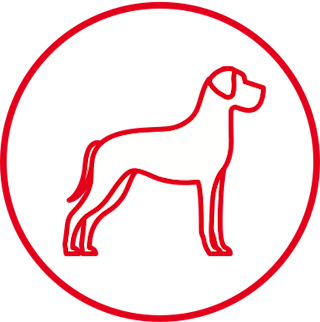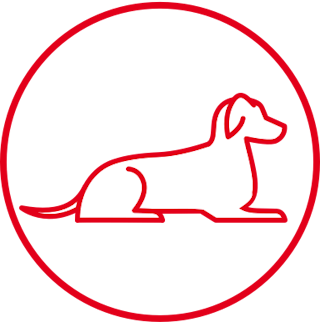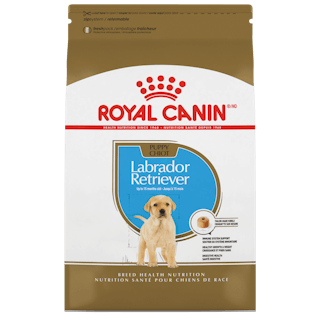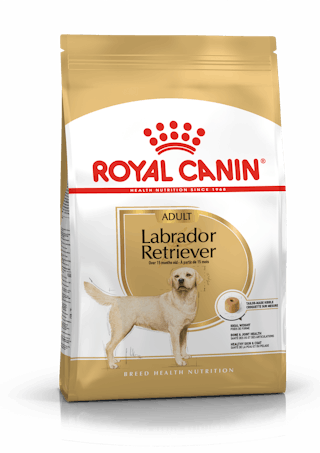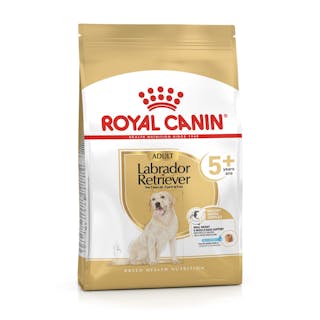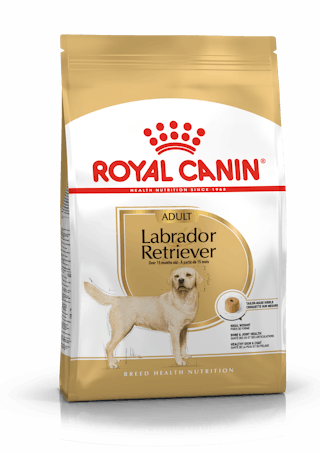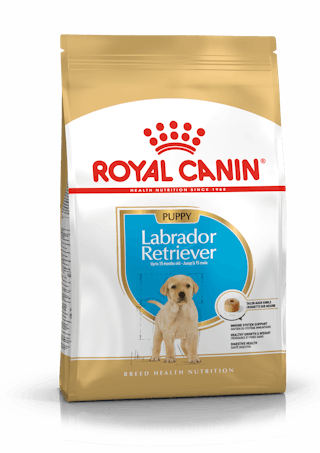
Let's talk Icelandic Sheepdog
Say cheeeeeeeese. The first thing you’ll notice about an Icelandic Sheepdog is that their charming expression looks like a smile. With an outgoing personality and gentle manner, this medium-sized dog has evolved to embrace family life. Brought to Iceland by Viking settlers, the breed has a herding history and with their waterproof coats and strong, athletic build, Icelandic Sheepdogs were born to be outdoors. They are the opposite of a couch potato—an Icelandic Sheepdog needs plenty of exercise and will thrive best in a house or on a farm surrounded by nature.
Other names: Icelandic Spitz, Iceland Dog, Íslenskur fjárhundur, Islandsk Fårehund, Friaar Dog, Canis Islandicus
Origins: Iceland

| Drooling tendencies |
|
Warm weather? | |
| Grooming needs | |
Cold weather? | |
| Shedding level | |
Suited to apartment living ? | |
| Barking tendencies | |
Can stay alone?* | |
| Physical activity needs | |
Family pet?* | |
| Compatibility with other pets | |
* We advise against leaving pets alone for long stretches. Companionship can prevent emotional distress and destructive behaviour. Speak to your veterinarian for recommendations.
Every pet is different, even within a breed; this snapshot of this breed specifics should be taken as an indication.
For a happy healthy and well-behaved pet, we recommend educating and socializing your pet as well as covering their basic welfare needs (and their social and behavioral needs.
Pets should never be left unsupervised with a child.
Contact your breeder or veterinarian for further advice.
All domestic pets are sociable and prefer company. However, they can be taught to cope with solitude from an early age. Seek the advice of your veterinarian or trainer to help you do this.


| Baby age: | Birth to 2 months |
| Puppy age: | 2 to 12 months |
| Adult age: | 1 to 7 years |
| Mature age: | 7 to 10 years |
| Senior age: | From 10 years |

1/7
Get to know the Icelandic Sheepdog
All you need to know about the breed
“The more the merrier” is a good way to describe the mindset of an Icelandic Sheepdog. They are most content when next to their humans, preferably burning off some energy outside, and once trained, display a friendly attitude towards other dogs, household pets and children. Having said that, their herding ancestry means that Icelandic Sheepdogs need some supervision around young children, as they will instinctively round them up, like sheep! The breed is rather vocal, which makes apartment living ... a little complicated. However, an Icelandic Sheepdog’s bark is more of a friendly welcome for strangers as opposed to a threat.
You need to keep training an Icelandic Sheepdog fresh and interesting—or you may lose the attention of this free-thinking canine. The same goes for exercise, as the Icelandic Sheepdog is an intelligent and energetic breed. This breed responds well to physical and mental stimulation, so is well suited to an active owner who is happy to engage in tracking, obedience and agility-based exercises.
Icelandic Sheepdogs have a friendly temperament and are very devoted to their family—be aware that they will become anxious or sad if left alone for long periods of time. But with their gentle and playful nature, who would want to be separated from their Icelandic Sheepdog for too long?

2/7
2 facts about Labrador Retrievers
1. Labs live for 2 things: playing and food
And not necessarily in that order. But that’s what training is for. There are plenty of great Labrador puppy training videos on the internet - and great trainers locally. The playing helps keep your Labrador in great shape and prevents him from getting bored. You’ve got this!
2. Staying on top of things
Labrador Retrievers can be prone to certain health concerns, from conditions like hip dysplasia (a reputable breeder will have tested the parents before mating them to help prevent the puppy from having it) to ACL tears - yes, like humans. With recommended exams, a balanced diet and check-ups, most problems can be found early.
History of the breed
There’s a reason Labrador Retrievers are so good on both land and in the water. A direct descendant of the St. John’s Water Dog, named after the capital of the
Canadian province of Newfoundland and Labrador, fishermen used these hard-working dogs to help retrieve their nets and fish from the icy waters of this coastal wilderness. The dogs also kept the fishermen company on what was an isolated, massive and surely inhospitable island.
However, the answer to “Where do Labradors come from?” isn’t that straightforward. The breed as we know it today is believed to have been established in Great Britain sometime in the early 1800’s. Adventuring aristocrats and returning fishermen brought the Labrador’s ancestor back to England with them, where the dogs found early fame for their hardy constitutions and loyal dispositions.
The Earl of Malmesbury, a clearly forward-thinking man, took notice and deduced, correctly, that the dogs were well-suited to life on the estate. A breeding program was successfully put in place and it is thanks to the Earl and some of his fellow noblemen that the Labrador Retriever breed exists today. Still as comfortable in the water as they are on land, the Labrador Retriever remains one of the most popular dog breeds in the world.

4/7
From head to tail
Physical characteristics of Labrador Retrievers
1. Ears
Medium-sized ears with a round tip that sit upright.
2. Eyes
Almond-shaped eyes that are light to dark brown.
3. Body
Muscular, rectangular-shaped body.
4. Coat
Waterproof double coat, with a soft undercoat and wiry outer coat.
5. Tail
Tail sits high and always curls over to touch the back.

5/7
Things to look out for
From specific breed traits to a general health overview, here are some interesting facts about your Labrador Retriever

6/7
Caring for your Labrador Retriever
Grooming, training and exercise tips
7/7
All about Icelandic Sheepdogs
All about Labrador Retrievers
In a word, yes. They have double coats and that can mean quite a lot of shedding action for dogs like the Labrador. They shed their coats year-round, but even more in spring and winter. Staying on top of brushing – getting them used to twice a week brushing is a good idea – and grooming will help decrease the amount of dog hair clogging the vacuum each week.
Like any dog, your Labrador Retriever didn’t come into the world knowing all the rules. But they are ready and willing to learn and, with some solid lessons, you or a professional trainer can guide your Labrador puppy to understand what is expected of them. The Labrador temperament is one that innately wants to please, so they’ll pick things up relatively quickly. Early training is essential if you have children in the house, as for any breed.
Tailored nutrition for your Labrador Retriever
Autres races susceptibles de vous intéresser
Read More about Breeds

How your dog's nutrition needs change with age

How to adopt a dog

Things to consider before getting a dog
Sources
1 - Veterinary Centers of America https://vcahospitals.com/
2 - Royal Canin Dog Encyclopaedia. Ed 2010 and 2020
3 - Banfield Pet Hospital https://www.banfield.com/
4 - Royal Canin BHN Product Book
5 - American Kennel Club https://www.akc.org/

